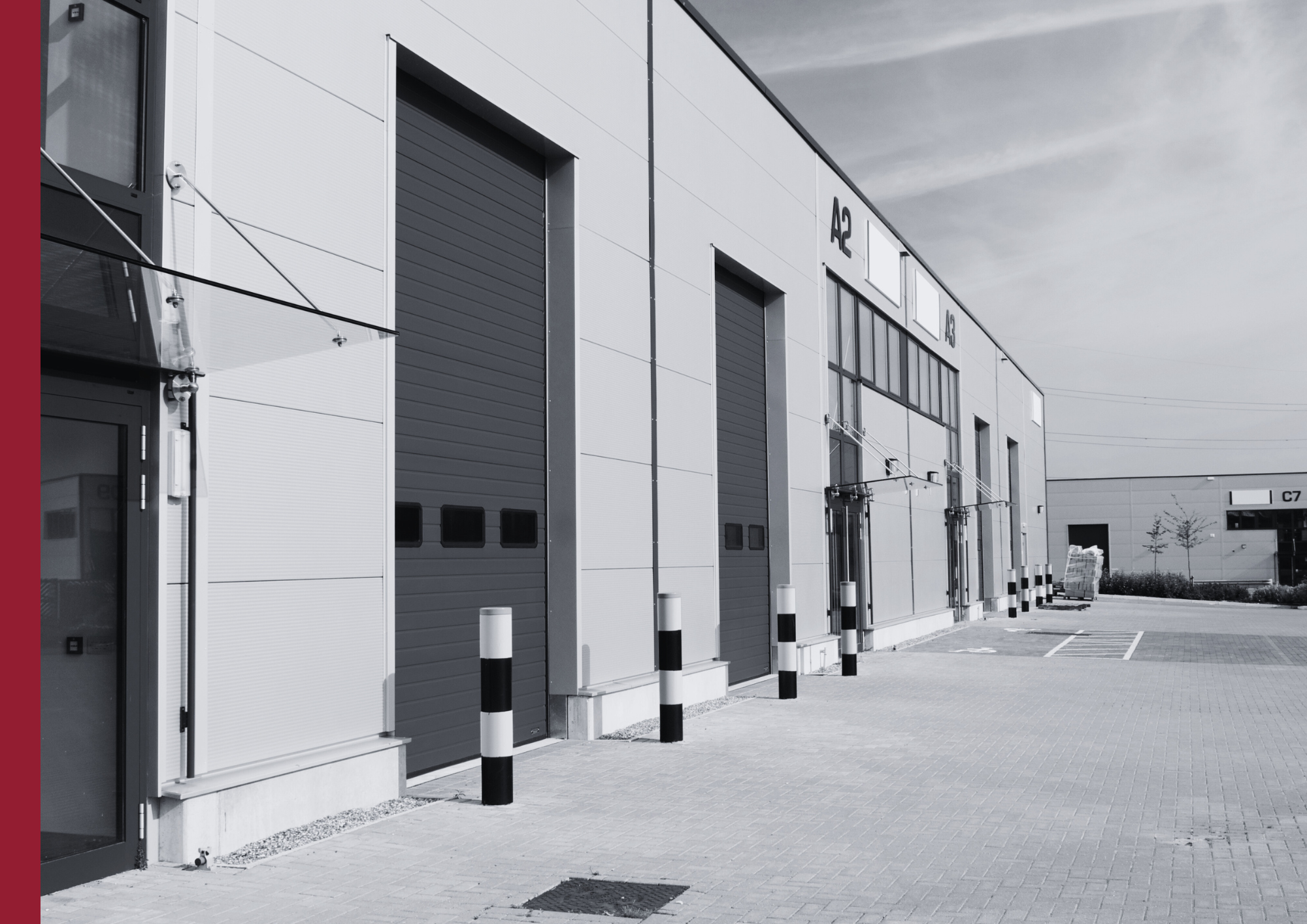Are you selling or buying a business? Before celebrating in style, there is one crucial step: the business transfer. Yes, that word that can sound a bit like paperwork, stress and doubts.
At Ambler, we are experts in the management of business transfers and we want to accompany you in this process to make it as smooth and successful as possible.
What exactly does the business transfer consist of?
The transfer of a business is a transaction that goes beyond the simple transfer of physical property. It is a process that involves a number of fundamental aspects for both the seller and the buyer.
In other words, it means that an already operating business is sold, with all its assets, liabilities, customers, employees, contracts, etc. The purpose of the transfer is to ensure the continuity of the business in the long term. It is not just a change of ownership, but an operation that should ensure the viability of the business in the future.
What elements are involved in the transfer of business?
The elements involved in the transfer of a business are numerous and cover different aspects of the business. In order for the transaction to be successful and to ensure business continuity, it is essential to consider each of these elements carefully. Below are the main elements that are part of a business transfer:
Tangible and intangible assets
Tangible assets are those that are physical and tangible, such as business premises, equipment, machinery and inventory. These elements are essential to keep the business operational and ensure its ability to generate income from day one for the new owner.
On the other hand, intangible assets are those that do not have a physical presence, but are of great value to the operation of the business. For example, customer portfolios or intellectual property.
Business liabilities
All outstanding debts of the business, such as bank loans, accounts payable, obligations to suppliers, etc., should be considered.
In addition, it is also important to identify any potential legal or financial contingencies that may affect the business in the future.
Legal and contractual aspects
The transfer is formalised through a detailed contract specifying the terms and conditions of the agreement. This essential document lists the assets being transferred, but also sets out the financial and legal obligations of both the seller and the buyer.
The contract may also include specific clauses on compliance with local regulations, continuity of leases, necessary licences and any other regulatory requirements affecting the business.
Protection of labour rights
What happens to the employees? In many cases, the transfer of business also involves the transfer of existing employment contracts. According to Article 44 of the Workers’ Statute, the new owner is obliged to maintain the working conditions of the employees who were previously employed. This is to ensure continuity of staff and provide employment stability during the change of ownership.
Subrogation and Insurance Contract Law
Having taken into account all the key elements during the transfer of business, let’s move on to consider the essential aspects of insurance. According to the provisions of the Insurance Contract Law, specifically articles 34 and 35, when a business is transferred, the new owner may be subrogated to the rights and obligations of the existing multi-risk insurance policy. In other words, the insurance remains in force under the same conditions and coverage as the previous owner.
However, insurers have the right to accept or reject this subrogation within 15 days of becoming aware of the change of ownership. In case of rejection, the previous policyholder is entitled to receive the proportional part of the premium not consumed up to that moment.
Some important considerations
It should be noted that not all insurance is compulsory, and some specific risks may not be covered by the existing policy. In these cases, it is usual to cancel the old insurance and take out a new one that meets the needs and conditions of the new owner.
In addition, there is the possibility of transferring the policy to a new policyholder, which involves changing the policyholder’s details and adjusting the coverages according to the new circumstances of the business. This is particularly relevant given that needs and risks may vary between different owners and stages of the business.
During the handover, it is essential to conduct a thorough assessment of the risks and needs of the business. Gaps may be identified and new insurance may need to be taken out to cover these gaps. These insurances can be of civil liability , business interruption insurance, cybersecurity insurance, among others.
Finally, it is essential to ensure that all insurance-related actions during the transfer comply with legal and regulatory requirements. In this way, we ensure proper notification of the change of ownership and updating of all licences and permits required to operate legally.
How can an insurance brokerage help in the transfer of a business?
Insurance brokers play a crucial role in the business transfer process, acting as strategic allies for both parties, the seller and the buyer. Their expertise and specialist insurance knowledge enables them to navigate the complexities of the process and ensure a smooth and safe transition.
Analysis of current policy
A broker will review in detail the existing commercial multi-risk insurance policy. They will check the current coverages, indemnity limits, exclusions and any other relevant aspects. Through this analysis, it can be determined whether the current coverages are adequate or whether they need to be adjusted to suit the new owner’s needs.
Identification of risks not covered
In addition to reviewing existing coverages, the brokerage may identify specific risks that are not covered by the current policy. This is crucial to ensure that the new owner does not take on unnecessary risks due to gaps in insurance.
Customisation of coverages
Based on the assessment, the brokerage can recommend adjustments to existing coverages or the purchase of new policies that better suit the needs and risk profile of the new owner. Then, the brokerage may suggest taking out additional insurance that was not previously contemplated, but is important to protect the interests of the business in its new phase.
Negotiating with insurers
Another task of brokerages is to negotiate better terms and conditions on behalf of the client. How do they do this? By having established relationships with other insurers, they can obtain more competitive premiums and broader coverage, which maximises the value of the insurance for the new owner.
Subrogation of policies
In cases where it is possible and beneficial, the brokerage will facilitate the process of subrogating the existing policy into the new owner’s name. This is done by arranging the necessary procedures with the insurer to ensure a smooth transition and guarantee continuity of cover during the transfer.
Cancellation and re-engagement
If it is necessary to cancel the existing policy due to contractual conditions or preferences of the new owner, the brokerage will arrange for cancellation and recommend a new policy tailored to the needs of the business under new management.
Tailor-made insurance
As we have seen, the transfer of a business is a subject that must be approached with all its details in mind. In this way, we can ensure that every stage of the process goes smoothly and ensure the continuity of the establishment.
At Ambler, we provide the right advice to ensure that all these aspects are taken into account. Our analysis and experience enables us to guide our clients through every stage of the process. If you need our advice on the transfer of your business, please contact us. Contacta member of our team so that we can help you.





